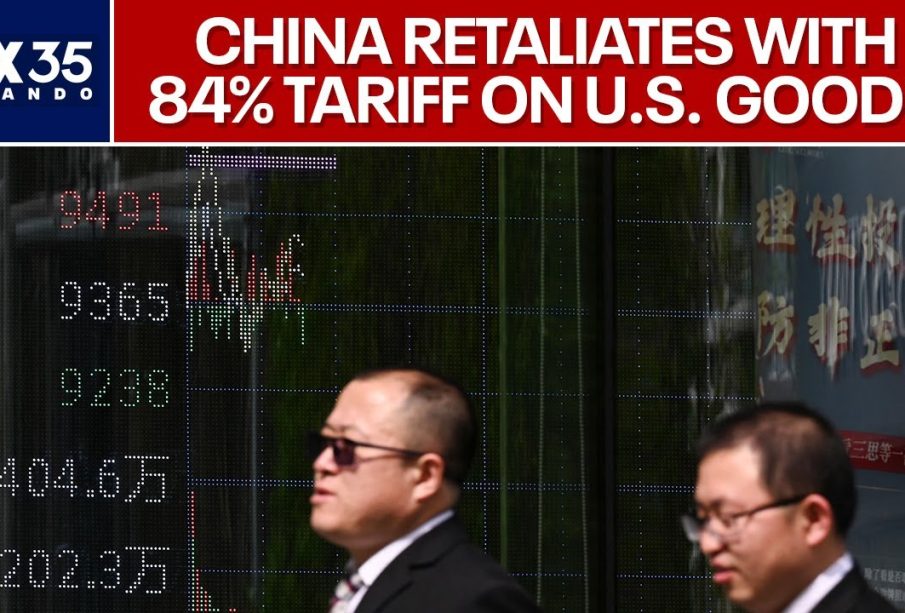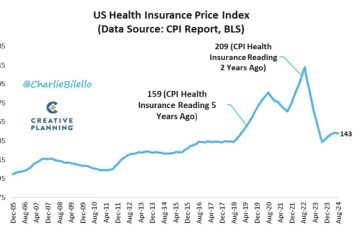The Impact of China Tariffs on Global Trade

Introduction
Tariffs imposed on imports from China have become a significant topic of discussion in international trade, especially in light of ongoing global economic shifts. These tariffs, aimed at addressing trade imbalances and unfair practices, can have wide-ranging effects not only on the economies directly involved but also on global supply chains and consumer prices.
Recent Developments
As of 2023, the Biden administration has maintained several tariffs on Chinese goods, originally set during the Trump administration, which have resulted in increased costs for American consumers and businesses. According to a report from the Peterson Institute for International Economics, these tariffs have cost American consumers nearly $800 billion since their implementation.
In addition to economic consequences, there are significant political undertones as measures are intended to push China towards better trade practices. In recent negotiations, the United States has expressed intentions to potentially roll back some tariffs if China adheres to commitments concerning intellectual property rights and forced technology transfers. However, China’s responses have been lukewarm, suggesting a prolonged resolution may still be out of reach.
Major Economic Effects
The tariffs have led to a dual-edged impact; while they aim to protect American jobs in manufacturing, they have also led to higher prices on everyday consumer products, such as electronics, clothing, and home goods, which have seen price increases as manufacturers face higher import costs. This price sensitivity is a crucial factor as inflation continues to challenge the U.S. economy.
Furthermore, American companies relying on materials and goods produced in China may seek alternative suppliers, leading to shifts in global supply chains. Proponents of free trade argue that these tariffs encourage economic inefficiencies, while supporters believe they are necessary to safeguard domestic industries.
Conclusion
The ongoing situation regarding China tariffs illustrates the complexities of modern trade relationships. As both countries navigate these economic tensions, forecasts suggest that eliminating or reducing tariffs could stabilize prices and foster a more collaborative economic environment. For readers, staying informed about these developments is crucial, as shifts in trade policy can greatly impact everything from job security to the prices of essential goods.







